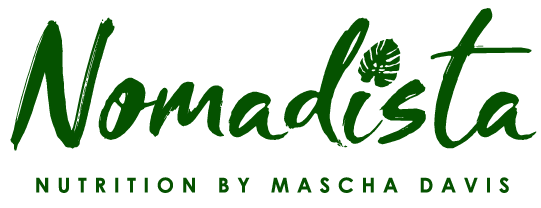How many times a week do you bump into the word “seasonal”? It seems we are always met with new seasonal choices at restaurants, grocery stores, farmers markets, and social media. But do we really know if (and why) it’s important to eat seasonally? I’m here to give you the basics of why seasonal snacking should be part of your grocery planning!
Benefits of Eating Seasonally:
Enhanced Nutritional Value
In-season foods can be more nutritionally dense, with the harvest and consumption time so close together. For example, Vitamin C content in foods like broccoli is often higher during its peak season, when the vegetable follows its natural ripening cycle. Not to mention, seasonal produce requires fewer post-harvest treatments such as preservatives or edible film to keep them fresh.
Environmentally Conscious and Low Cost
Farm-to-table seasonal produce cuts the need for environmentally (and financially) costly storage and transport. Shopping at a farmers market will not only support local vendors, but also save you money. In-season foods tend to be harvested in bulk, allowing larger purchase options at a reduced cost.
Taste
In addition to higher nutrient content, seasonal produce will taste fresher, juicier, and fuller. Ever had a crisp apple right off the tree? It’s just…well, better! The natural ripening process of in-season produce gives us all the vibrant flavors we could ask for.
Now that you know why seasonal produce is a great option, here’s an amazing way to use it:
Recipe: Roasted Acorn Squash with Vegan Pesto
Why Squash? - Squash, especially winter squash like acorn and delicata, are a great source of potassium, fiber, and Vitamin A from carotenoids. Carotenoids are pigments that act as an antioxidant, often supporting the body in the anti-inflammatory process.
Ingredients:
For Roasted Squash :
3-4 acorn or delicata squash
Olive oil
Salt & Pepper
For Vegan Pesto:
1 cup fresh basil
2 tbsp pine nuts
2 cloves garlic
2 tbsp nutritional yeast (for cheesy flavor)
2 tbsp olive oil
1 tbsp lemon juice
2-3 tbsp water (add more as needed)
pinch of salt & pepper
Instructions:
Preheat oven to 400 and wash squash. Slice off ends and cut lengthwise
Spoon out the inside and cut squash into inch thick slices
Bake for ~45 minutes, flipping halfway through, until crisped and soft
Add basil, pine nuts, garlic, yeast, lemon juice, and salt/pepper into small blender or food processor and blend until you see a loose paste. Add in olive oil in small increments while continuing to blend
Then add in water in small increments until a thick sauce forms. Pour pesto over squash and enjoy!
Bottom line: Choosing seasonal food has so many benefits from improving your health to being environmentally friendly and even reducing your grocery bill! Comment below what other seasonal foods you’ll be adding in the spring!



